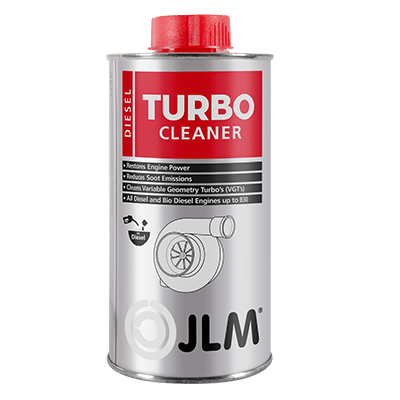Why do diesel-powered vehicles need a DPF?
Some of the by-products of a diesel engine’s combustion cycle are soot and ash. As the presence of both of these types of particulate matter in the air we breathe is undesirable, a device was required to trap them before they are released via the exhaust system.
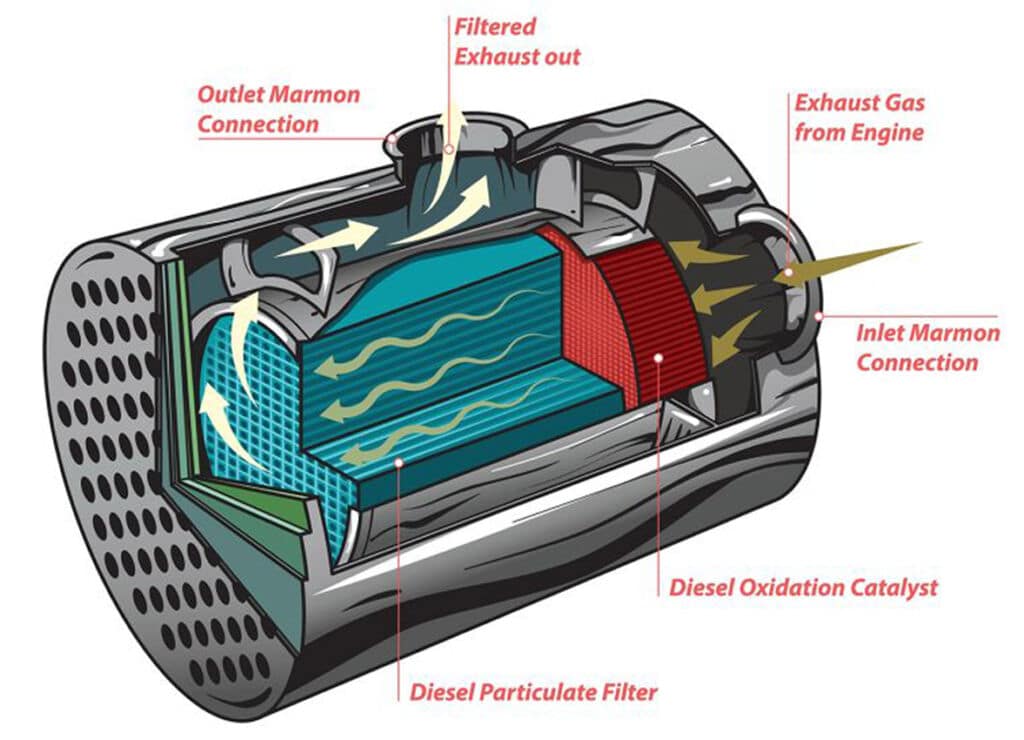
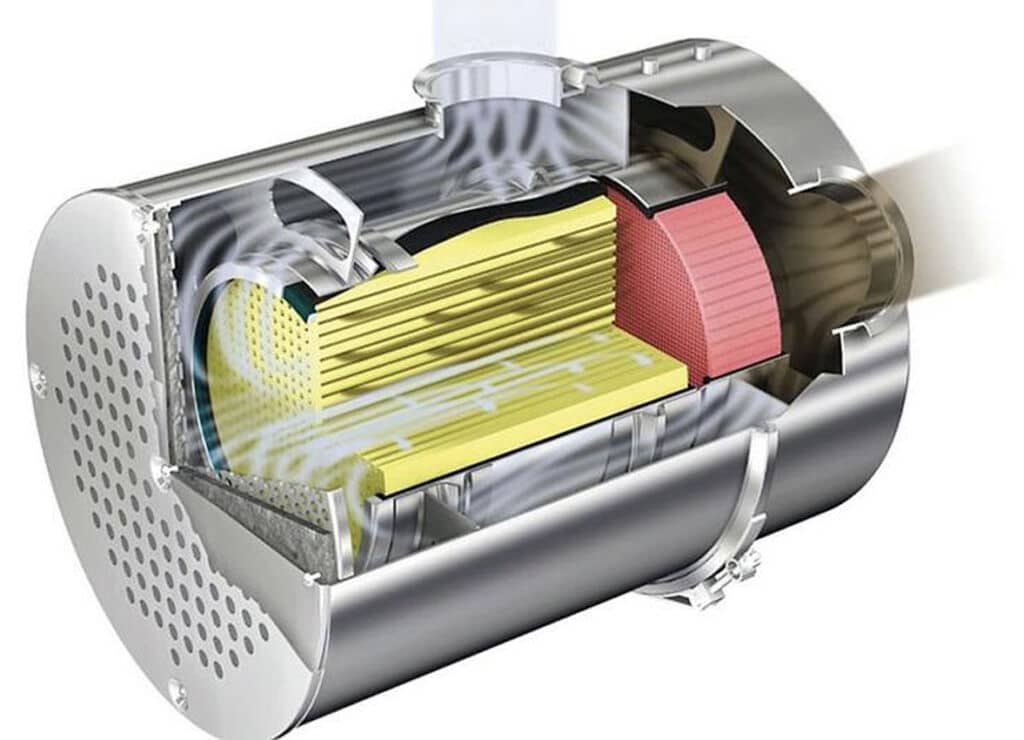
How does a DPF work?
A DPF’s job is to capture and store exhaust soot and ash. A honeycomb-shaped substrate made from a special, ceramic material is used to trap the particulates which then need to be burned off in order to regenerate the filter.
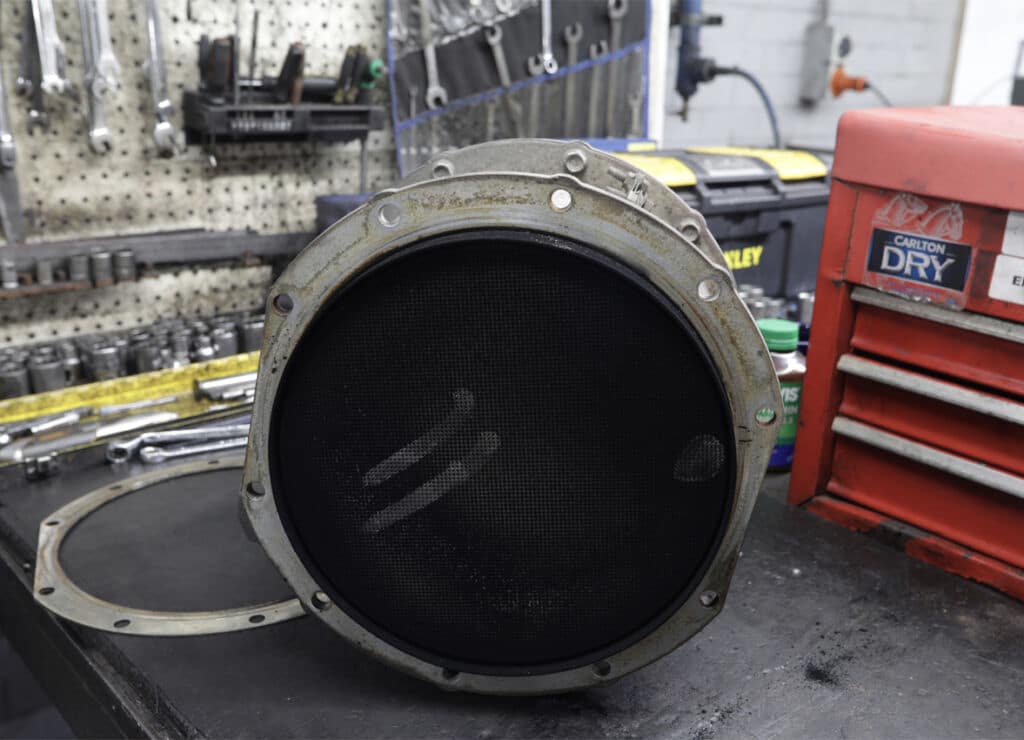
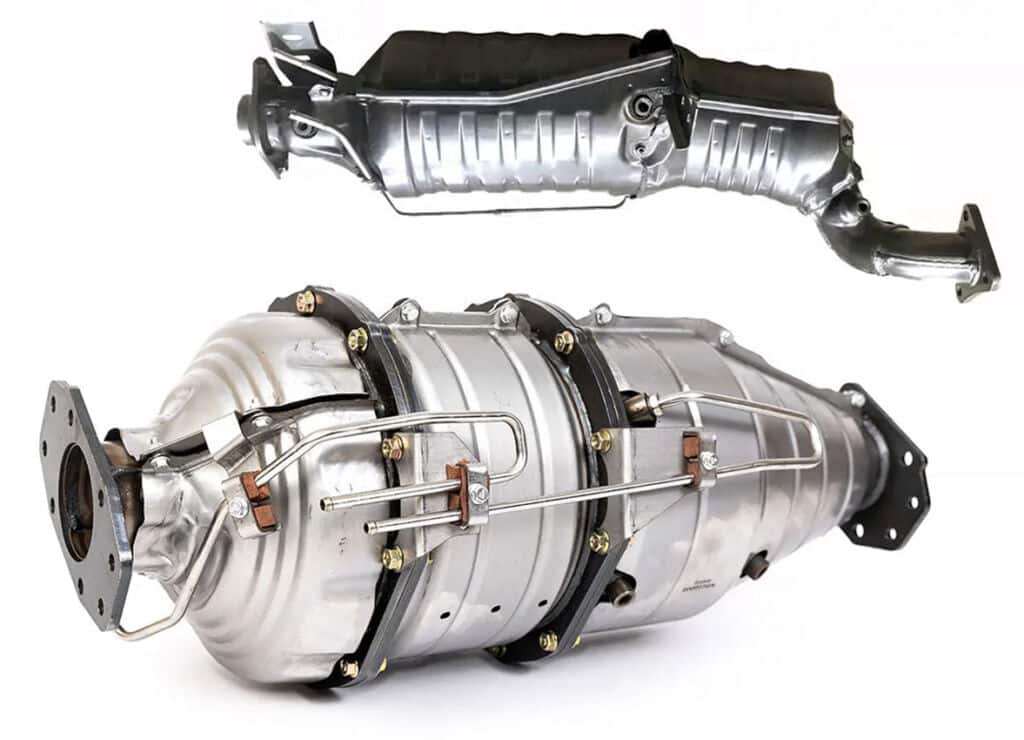
Why do DPFs get blocked?
When a DPF does not reach the temperature required to burn off the soot and ash trapped inside the ceramic honeycomb filter, they will build up and eventually prevent the DPF from working properly. What follows is a loss of performance, lack of powers, and the dreaded “Check Engine” light.

What to do with a blocked DPF?
There are several solutions for a blocked DPF, all depending on the severity of the blockage. The first step is to check the extent of the blockage. That can be done with a simple back pressure testing tool like the JLM Manometer.
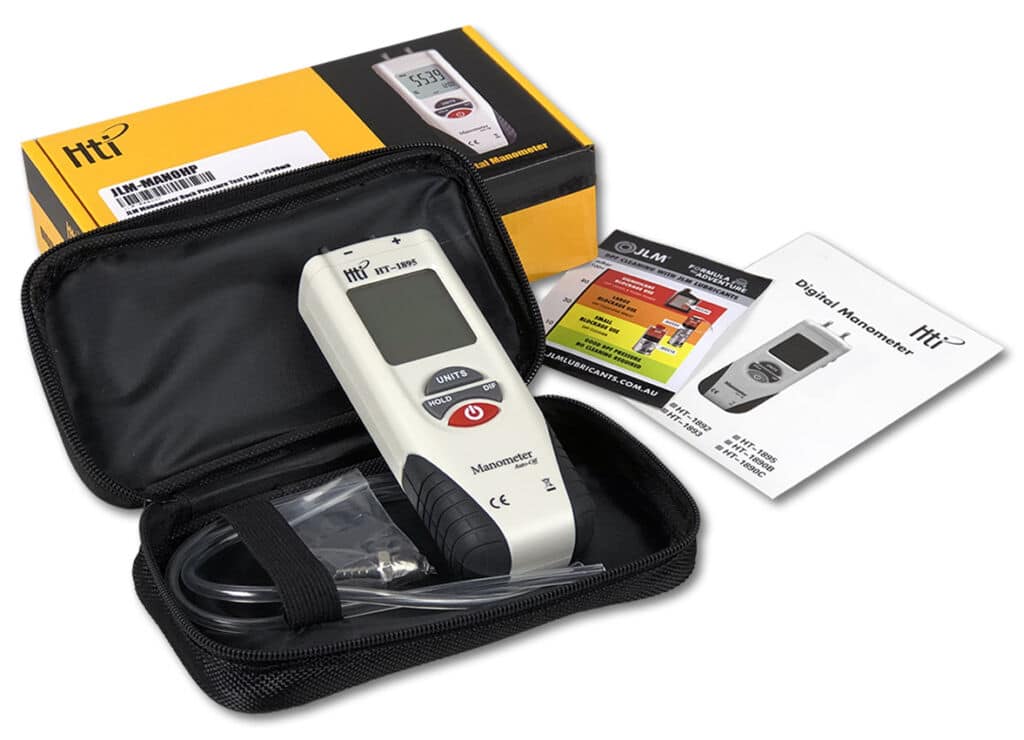
Once we know how bad the blockage is we can choose the appropriate course of action:
For light blockages use a regular DPF cleaning spray (when choosing your DPF cleaner make sure to check the concentration of the active cleaning ingredient as they do vary and you often get what you pay for. A good example of a good, proven regular strength DPF cleaner is a JLM DPF Cleaning Spray.) The contents of the can are sprayed directly into the DPF via a temp or pressure sensor inlet.
For medium blockages use a heavy duty DPF cleaning spray like the JLM Heavy Duty DPF Cleaner. The cleaner is added to the fuel tank after refilling.
For heavy blockages the JLM Diesel DPF Cleaning Toolkit is the most potent, on-car, DPF cleaning option available to workshops.
In combination with the JLM Diesel DPF Cleaning & Flush Fluid Pack, it employs a 2-step method of loosening and then removing the soot trapped in the ceramic filter.
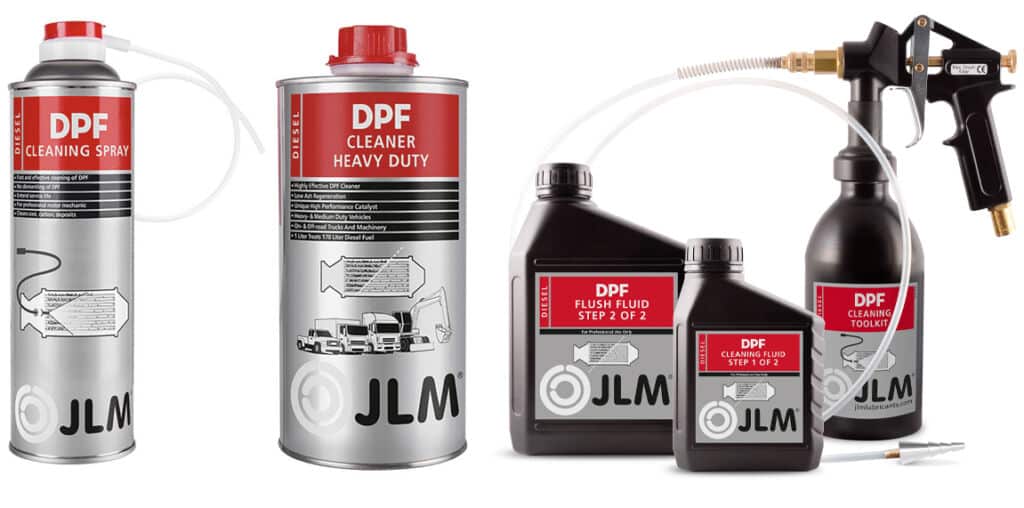
Extreme blockages require the removal of the DPF and taking it to a reputable DPF cleaning station. A DPF hydrocarbon cleaner that can completely break down and remove even the hardest soot build-up. A DPF cleaning machine blasts a DPF at high pressure with a cleaning agent for several cycles and then pumps hot air through it to ensure it’s completely dry.
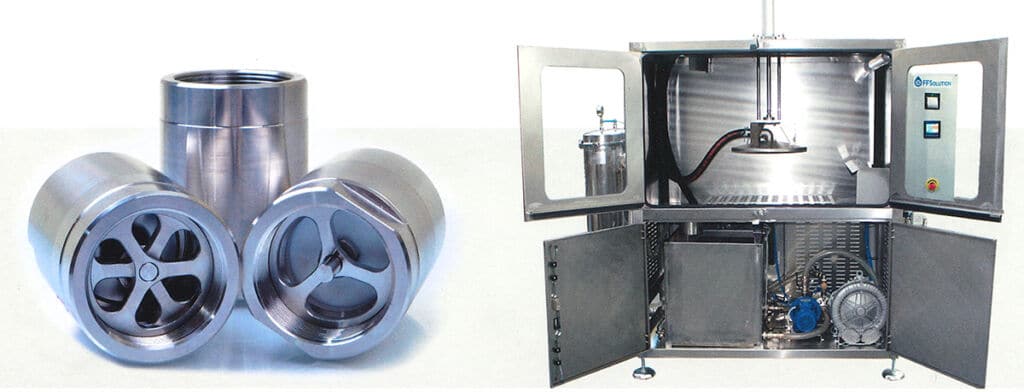
A clean DPF filter not only prevents from dangerous particulates escaping into the air we breathe, but it also ensures your diesel engine operates at its optimum performance giving you power, economy and most importantly, reliability.
For more information contact JLM Lubricants Australia and New Zealand on sales@jlmlubricants.com.au or call +61 2 9133 3855
